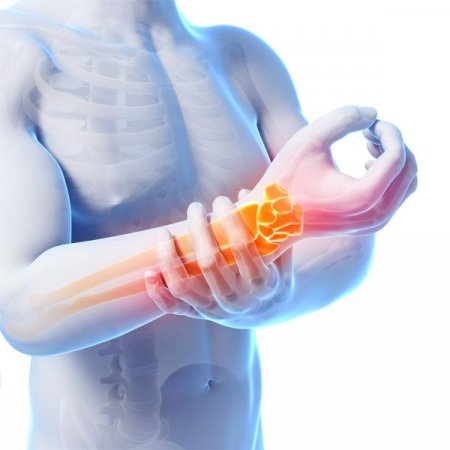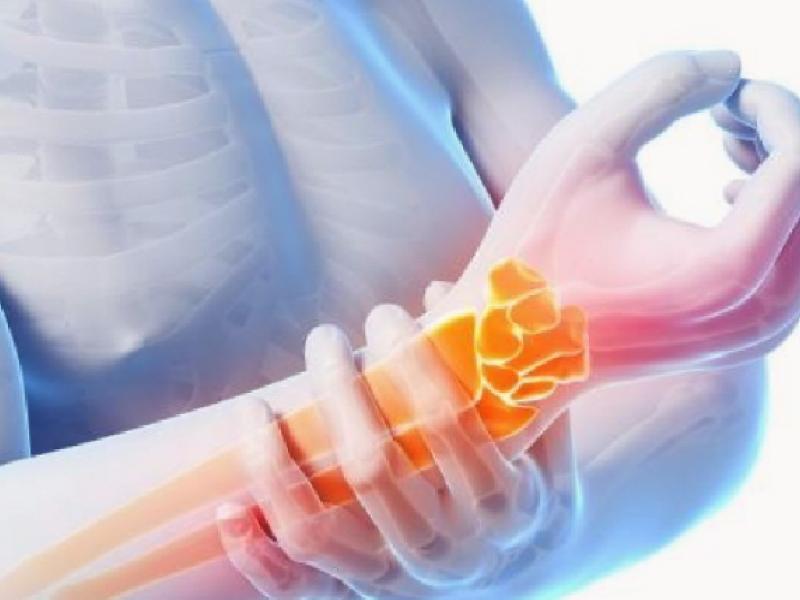
Raynaud’s phenomenon is common in society. 5 out of every 100 people have Raynaud’s and similar findings.
The first question to ask when Raynaud is detected is whether there is an important disease causing it.
Raynaud’s phenomenon is a finding that should be taken seriously for anyone, but Raynaud’s can be more difficult to treat if there is a disease causing it. Moreover, if the disease causing it is not detected and left untreated, it can cause serious and irreversible problems in the long run.
If there is no other concomitant disease, this condition is called “Primary Raynaud’s Phenomenon”. Primary Raynaud’s Phenomenon is generally milder and does not cause serious additional problems later on.
What are the findings suggesting that a person has a primary Raynaud’s phenomenon?
Young age at onset (before 30 years)
Primary Raynaud’s is more common in women
Attacks are usually symmetrical. It holds similar fingers on both hands or toes
No fingertip wounds
Special rheumatic examinations are normal
As we say, Primary Raynaud’s Phenomenon has a milder course and 2/3 of these people Raynaud’s findings may disappear completely in the following years.

